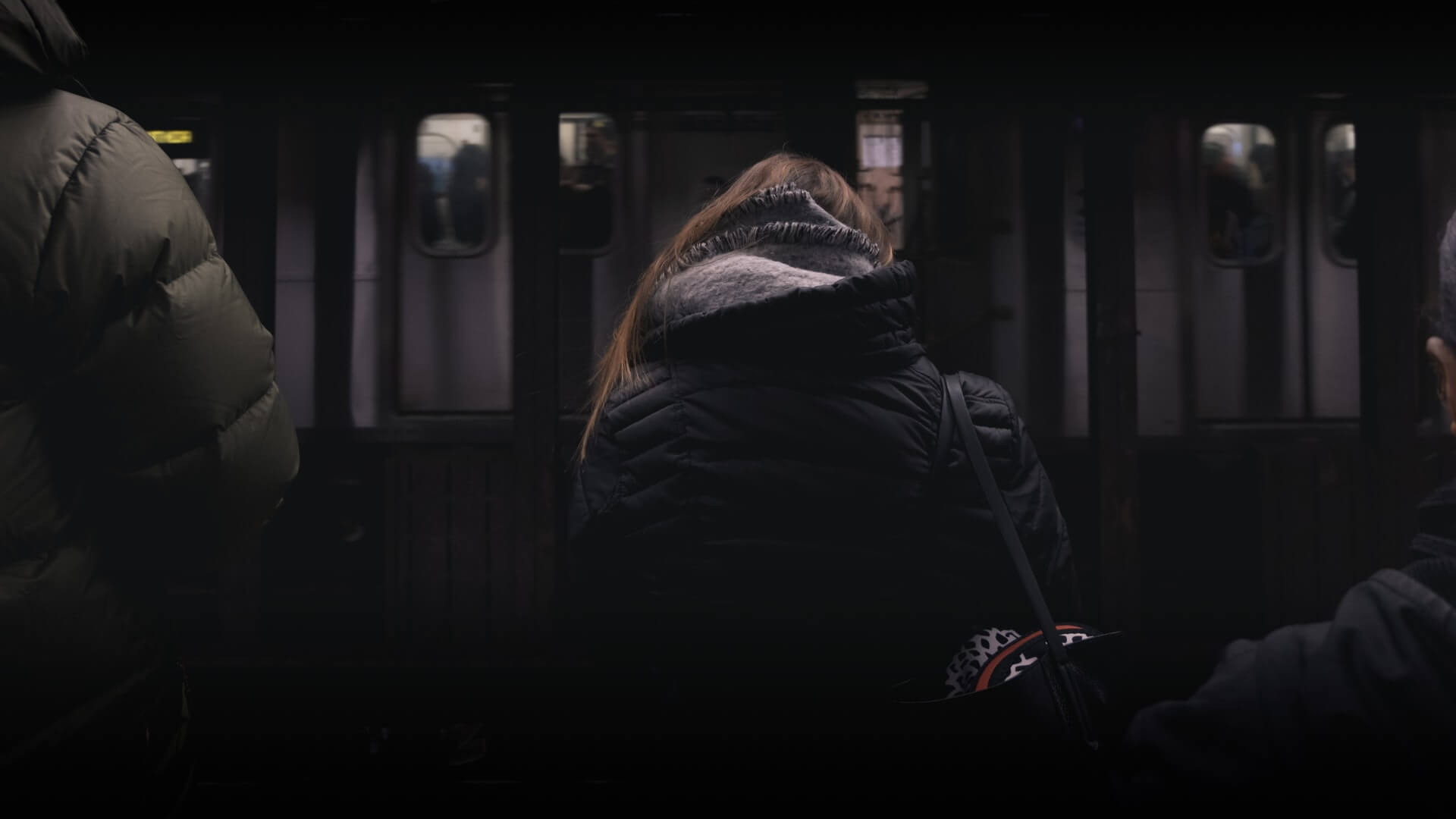In 2021, the percentage of people who felt safe at home (89.5%) was higher than those who felt safe in their neighborhood (72.1%).
This proportion is even lower in relation to the feeling of safety in the city where they lived (54.6%).
The data are from the Continuous National Household Sample Survey (Pnad) – Safety Sensation 2021, which, in partnership with the Ministry of Justice and Public Safety, investigated, for the first time in this Survey, the topic of safety sensation among residents aged 15 and older, to assess people’s opinion about their perceptions of (in)security.

The information was released this Wednesday (Dec. 7) by IBGE.
Men feel safer than women. In addition, the degree of safety of people living in rural areas exceeded that of urban areas.
The differences between the neighborhood and the city were almost 14.0 percentage points (p.p.) between rural and urban areas.
Policing, recreation areas, paving, and lighting, evaluated as excellent or good, increase the feeling of safety
In 2021, the existence of public services rated as excellent or good was associated with a greater feeling of safety than that estimated for households whose surroundings provided services rated as regular, poor, or very poor.
The police service presented the biggest difference (about 20 p.p.) in the proportion of people feeling safe, while the one with the smallest difference, although significant, was the garbage collection service (10.4 p.p.).
Extortion and charging illegal fees is the crime that most reduces the feeling of safety
Less than half of the population felt safe in places where there was extortion (45.0%), people carrying guns (46.1%), robberies (47.5%), and exchanges of fire (49.4%).
In places where murder and police violence occurred, this percentage was slightly higher, 50.5% and 50.3%, respectively.
People consuming illegal drugs were affected less (59.6%) than the existence of illegal drug sales (56.4%).
Among the institutions surveyed, firemen have the highest percentage of trust

